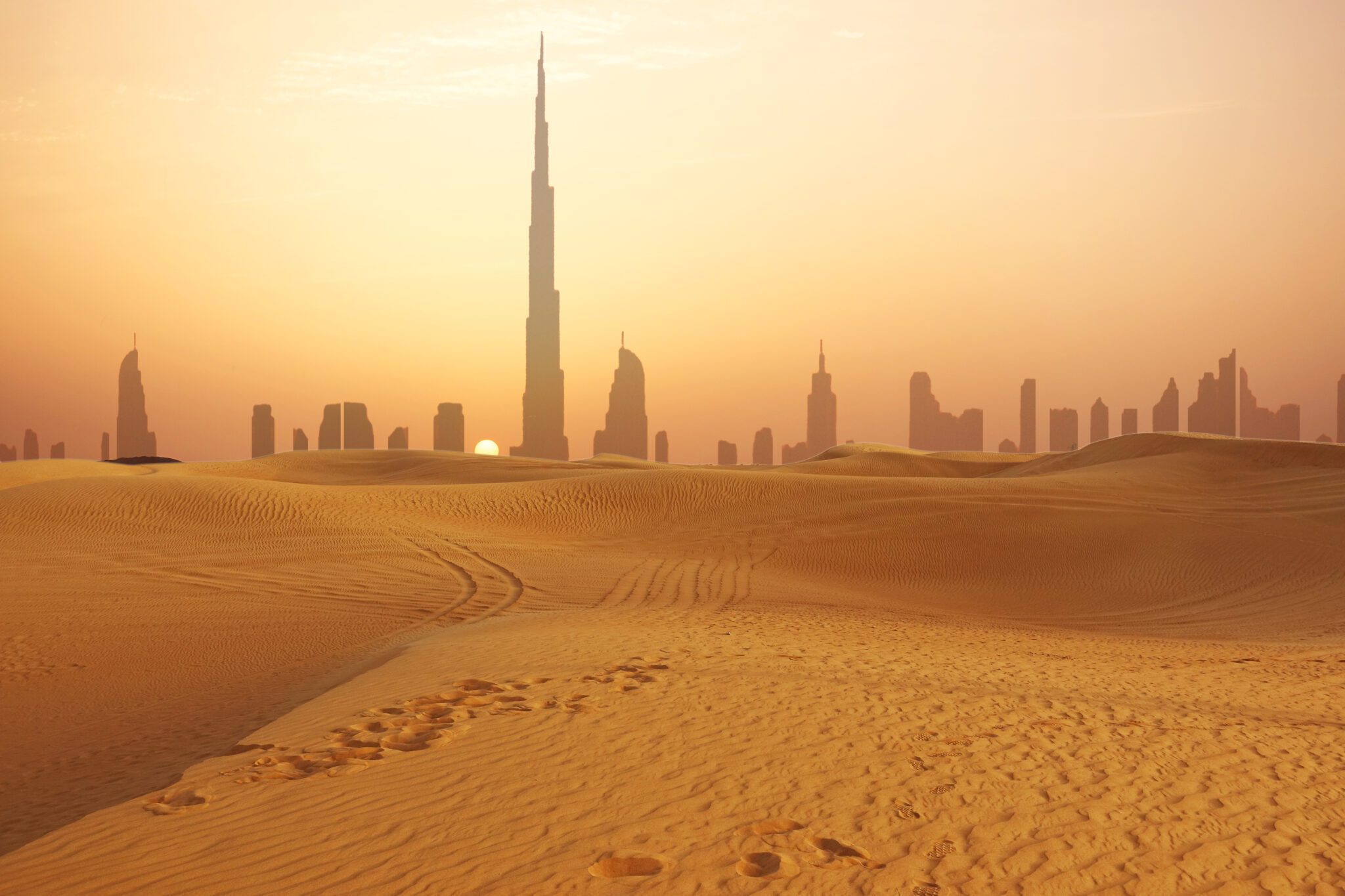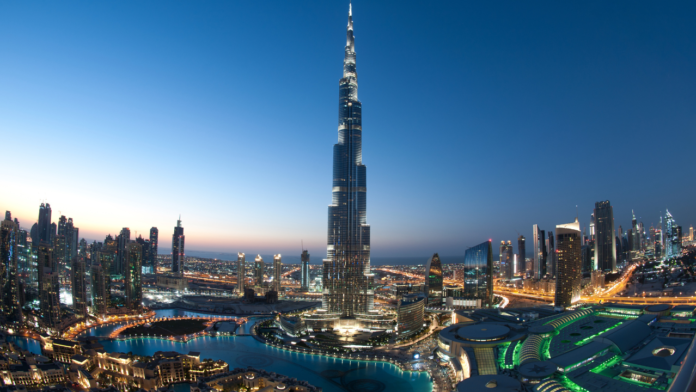It was 104°F last week in Dubai, 106°F in Riyadh and Abu Dhabi temperatures rose past 120°F in June.
Scorching heat like this is not good for attracting travelers, but Middle Eastern countries try to keep visitors coming.
In Dubai, hotels respond by slashing rates. In June and July, luxury hotels were priced at $250 a night, compared to the year-to-date average of $435, according to Philip Wooler, Middle East head for STR, which monitors hotel performance across the region by working with hotel owners and operators.
In December, the peak month for travel when temperatures are pleasant, occupancy rates in Dubai can reach 90%, and luxury rates average $620, but can go much higher. Even economy hotels can cost upwards of $280 a night during the final month of the year.
“I’m a huge advocate that Dubai can do pretty well over the summer months,” said Wooler. “The value for money in Dubai over the summer months is phenomenal. [You have] the best hotels in the world at much lower prices.”
Mamoun Hmidan, chief business officer at Wego, one of the Middle East’s largest online travel agencies, said Dubai has figured out how to limit the fall off in summer.
“The message is: Come pamper yourself in the summer. That’s what Dubai is doing,” said Hmidan. “In general, summer is the low season for the region, that’s what we see every year. But Dubai somehow has managed to work around it. They know how to do it: It’s package-led travel. Hoteliers in Dubai tend to do loads of deals and work with tour operators from countries where travelers are seeking affordable luxury.”
Still, the numbers show that visitors decline by about a third. Last July and August, Dubai had close to 1.3 million visitors. At the peak in December, there were nearly 1.8 million.
The occupancy rate at hotels for June through July 23 was 67.8%, according to STR. That’s down from an average of 81% for the year through May, according to the government’s own data.
Dubai’s ability to stay busy in the summer has been noticed by other destinations, said Hmidan.
“We’re seeing other tourism boards in the UAE trying to put something on top of Dubai. Ras Al Khaimah has a lot of discounted packages as well, trying to tie them together to Dubai. Abu Dhabi is doing the same.”
Saudi’s Latest Push
In May, Saudi Arabia’s tourism organization launched a campaign to draw visitors into visiting the Gulf state: “Saudi Summer is Next Door.”
The Saudi Tourism Authority acknowledged the issue of the weather during the campaign launch event, but said Saudi temperatures drop to manageable levels in some parts of the country.
Fahd Hamidaddin, CEO of Saudi Tourism Authority (STA) said: “While temperatures in the region rise to high levels during summer, temperatures in the highlands of Saudi Arabia in the southern region decrease to the extent that we even witnessed snowfall in Al Soudah.”

Here were the current highest temperatures in all seven destinations on July 25:
- Aseer: 80°F
- Al Baha: 78°F
- Taif: 86°F
- Jeddah: 100°F
- Riyadh: 106°F
- The Red Sea: 99°F
- AlUla: 97°F
“Saudi’s domestic market is playing a major role in the country. It has a lot of business travel in the summer as well as contractors still fly in from places like Dubai and Doha,” said Hmidan.
Saudi Arabia is building a number of projects across the country to promote tourism and bring in international travelers. One of them is Neom, and within it is a proposed skiing village. It’s called Trojena, and Saudi is so serious about it that it will host the Asia Winter Games there in 2029. It plans to have 36,000 kilometers of skiing slopes, snow sports, chalet homes and a capacity of 700,000 tourists a year by the end of the decade.
It will use a mixture of real and artificial snow to achieve this, creating an all-year-round skiing destination.
In June, Saudi Arabia faced a heatwave so severe that more than 1,000 pilgrims died in Makkah. Heatwaves in Saudi Arabia have increased in number, frequency, duration, and intensity over the past four decades, according to a 2023 study. The worst heatwaves occurred in the most recent decade (2012-2021).

